Laura Mungin recently participated in the Bridge Plan, a medical insurance program for those at least age 60 that provided a variety of coverages that included prescription drug medication that cost $1,400 a month.
Because she used the medicine on a trial basis to treat her diabetes, her insurance company mailed her a letter to state it couldn’t pay for it unless “I had an occurrence [such as] a heart attack.”
“Those two pins were $1,400 every two weeks. I can’t afford that,” Mungin said after an exercise class Friday, Feb. 15 outside the Camp Springs Senior Activity Center in Temple Hills. “I take over-the-counter [medicine], diet and of course, exercise.”
Until told by a reporter, Mungin didn’t know about proposed legislation in Annapolis to create a prescription drug affordability board.
According to the legislation crafted by Delegate Joseline Peña-Melnyk (D-District 21) of College Park and state Sen. Kathy Klausmeier (D-Baltimore County), one of the board’s responsibilities would be to “review the cost of a prescription drug product … [and] determine whether use of the prescription drug product … has led or will lead to affordability challenges for the state health care system or high out-of-pockets costs for patients.”
The board would consist of members with expertise in health care economics, or clinical medicine.
The body, which would operate as an independent unit, can make a drug company validate the price for any new brand costing $30,000 or more per year, or wholesale acquisition increases of at least $3,000.
After review, the board could set “an upper limit” on the drug.
“Wherever you go, people talk about the high cost of prescription drugs,” Klausmeier said. “There are so many new drugs out there. The bottom line is we have to get prescription drug cost down.”
There are nearly 100 co-sponsors of the legislation in the House, seven of them Republican.
One of the most outspoken supporters, Harford County Executive Barry Glassman, said his jurisdiction spends nearly $7 million a year on prescription drugs for about 900 employees.
“For local governments, health care prescription costs are one of the leading drivers of the problems we are having,” said Glassman, a Republican. “This is a Maryland problem. It’s a national problem. This bill is a good first step at bringing those folks in to justify these enormous price increases.”
Both bills are scheduled for hearings in the Senate and House on March 6, but could encounter some opposition.
Nick McGee, spokesman for the D.C.-based Pharmaceutical Research and Manufacturers of America (PhRMA), said in a statement Thursday, Feb. 14 the legislation would enact price controls on prescription medicines that would limit patient access.
“It recycles failed ideas that give government broad authority to arbitrarily set prices and undermine the competitive market that is critical to bringing down costs and delivering new treatments to patients,” McGee said. “This misguided approach could also have a chilling effect on new innovation and the thriving biotech industry that supports thousands of jobs in Maryland.”
Health care advocates, faith leaders and civil rights organizations showed their support for the legislation last week at a press conference in Annapolis.
One resident, Jo Saint-George, relayed how she and her husband needed to use their entire savings after she was diagnosed with a brain tumor.
In addition to costly surgeries and doctor appointments, her prescription drug medication runs $700 per bottle. Sometimes she split her medication so it could last longer, but eventually ended up back in the hospital, she said, “creating another bill that I still have on my credit today.”
“I’m willing to get transparent and personal around this issue because I never thought I would be on medication,” said Saint-George, an attorney and member of the Maryland State Conference of the NAACP. “But when tragedy strikes, you don’t know when that’s going to happen. So we need these types of supports and affordability to make sure when people goes through these things, they can transition and be alive.”
Last modified: February 14, 2019


